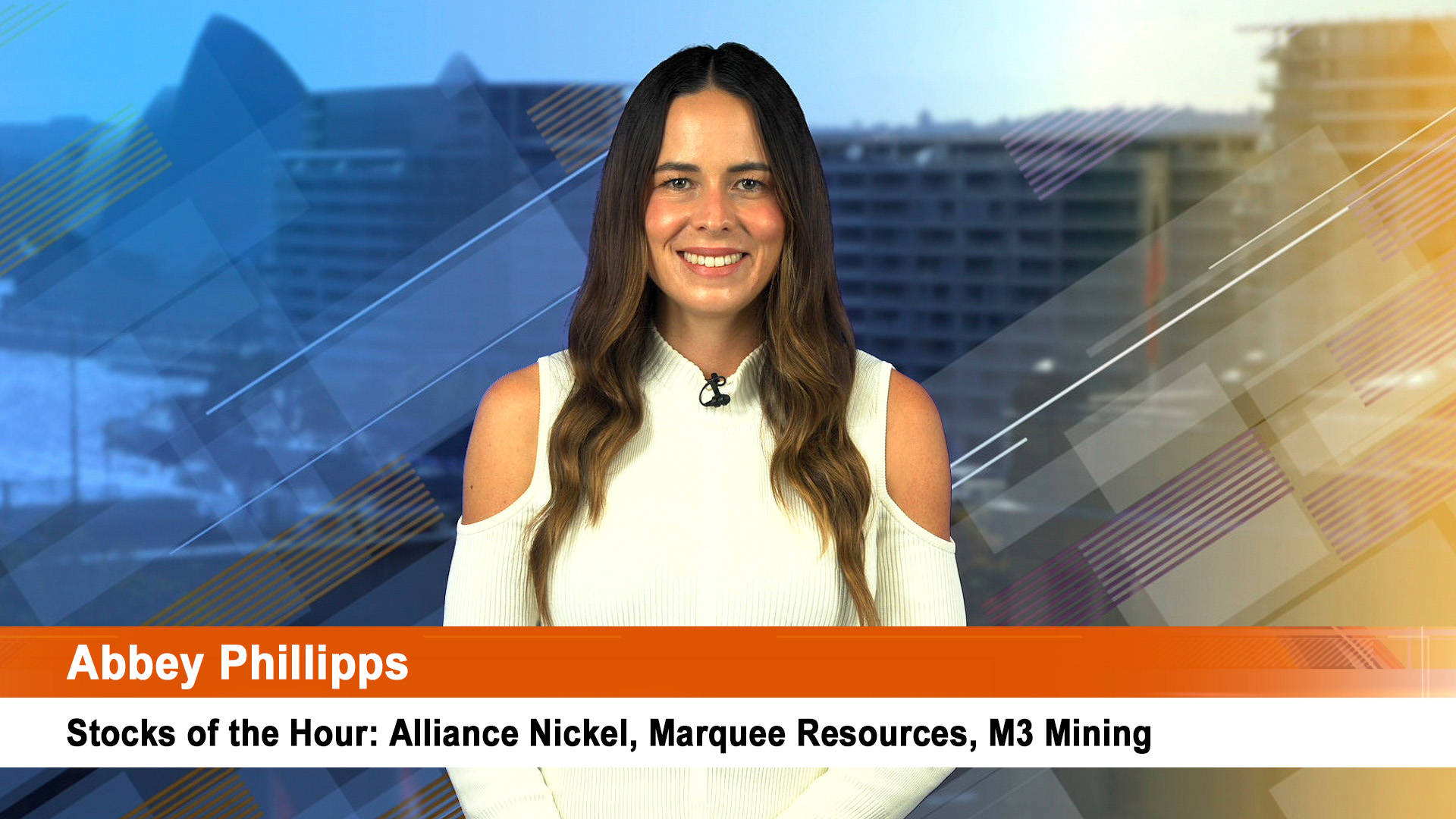It was seven months to the day yesterday since the March 11 earthquake and tsunami in northeastern Japan, which then triggered the Fukushima nuclear crisis and crunched the economy.
The lives of hundreds of thousands of people in the region were damaged, with many deaths and injuries.
Industries including cars and electronics were knocked sideways, not only in Japan, but in China, the US, Australia and in parts of Europe.
The impact not only hurt the Japanese economy but contributed to slowdown in the US, Australia, the UK and parts of Western Europe.
In that time the Japanese economy slumped sharply, and then rebounded, although signs continue that the recovery isn’t as strong as first seemed.
Industrial production, retail sales and exports have all gone from slump to strong rebound, but output and exports in particular have lost a lot of that momentum in the past two months.
The gathering slowdown in the US and eurozone economies, coupled with the financial volatility centred on Greece and the euro, has added to the pressure on the economy’s recovery, especially the climb in the value of the yen.
Last month we saw another weak month for exports with a trade deficit being recorded for August.
And yesterday the current account report for August (which includes Japan’s huge flow of foreign income from its $US1.1 trillion of foreign reserves, plus the huge investments offshore by Japanese business) revealed a fall of 64.3% from August of last year.

The surplus was at Y407.5 billion ($A5.32 billion) before seasonal adjustment.
The result was lower than expectations of a Y447 billion surplus in market surveys.
It compares with July when the surplus was down 42.4% at Y990.2 billion.
In August, Japan saw a trade deficit of Y694.7 billion, from a trade surplus of Y170.6 billion a year earlier.
Japan’s exports rose 4% in August but imports jumped 22.4%, partly due to higher energy prices as Japan’s need for fossil fuels has increased as it compensates for the shutdown of most of its nuclear reactors after the Fukushima nuclear accident.
(The current account measures trade in goods, services, tourism and investment. It is worked out by determining the difference between Japan’s income from foreign sources against payments on foreign obligations, and excludes net capital investment.)
The fall marks the sixth consecutive drop in the aftermath of the March 11 earthquake and tsunami.
Meanwhile forecasters have cut their estimates for 2011 economic growth for India and China.
But countries will enjoy economic growth this year and next at much stronger rates than other major economies, a point made by the IMF late last month in its updated World Economic Outlook.
In a report posted on official websites, the Chinese Academy of Social Sciences trimmed the country’s growth estimate for 2011 to 9.4% from a previous forecast of 9.6%.
And growth would further slow next year to an annual rate of 9.2%. (The IMF and other forecasts are around the 9% mark.)
The group said the trim was made to reflect the slowdown of the country’s intense economic restructuring that allowed the economy to depend less on government stimulus.
In its latest report on macro economy, the Academy forecast that investments in fixed assets will grow 23.8% this year and consumption 17%. It said imports would end the year up 26.2%, while exports would rise 21.8% and the trade surplus would fall for the third year in a row.
For the first eight months of the year, exports rose 23.6% year on year while imports were up 27.5% with trade surplus down 10% to $US92.73 billion.
The Consumer Price Index (CPI), a major gauge of inflation, would be around 5.5% for this year, and will further ease to 4.6% next year (It was 6.2% in August and the official target is 4%!).
The Chinese economy grew 9.6% in the first half of this year from the same period of 2010.
In the second quarter, China’s GDP rose by 9.5% easing slightly from the 9.7% rate in the March quarter.
Third quarter growth data will be out next week.
And India’s leading credit rating and research company CRISIL Limited has cut India’s GDP growth forecast to 7.6% from earlier forecast of 7.7% to 8% for the current financial year ending March 31, 2012.
The group said “While we had anticipated the impact of rising interest rates and slowing government expenditure, the deceleration in advanced countries has been sharper than expected. This, in conjunction with the weak investment climate, is impacting India’s GDP growth prospects".
Industry is projected to grow at a slower rate of 6.5% in 2011-12 as compared to the previous forecast of 7.3 %.
The group said the combination of recent interest rate hikes and regulatory hurdles in the mining sector (an important source of raw material) are likely to hamper industrial activity.
“The slowdown in the industrial sector is expected to spill over to services, and will affect sector such as trade hotels and investment-led services like banking,
“Overall, we now expect services to grow at 9.2 per cent this year as compared to our previous estimation of 9.4 per cent.
"Normal monsoons and good sowing, however,













